Second Hair Transplant to Add Density: Best Time & Process
Facial Plastic Surgery
While a secondary hair transplant is relatively uncommon, it emerges as a promising solution for individuals dissatisfied with the outcomes of their initial FUE or FUT hair transplant procedures. This specialized approach benefits those encountering ongoing hair loss attributed to genetic factors, hormonal shifts, aging, and other contributing elements.
The decision to pursue a 2nd hair transplant arises from the desire to address not only the dissatisfaction with prior results but also to combat subsequent hair loss challenges. Moreover, opting for a second hair transplant to add density is a strategic move for individuals seeking to enhance density and achieve a more satisfying and natural appearance.
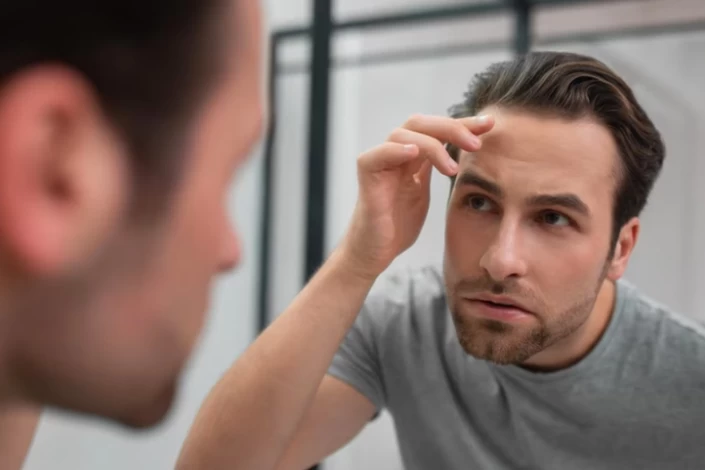
Should You Get a Second Hair Transplant?
Getting a hair transplant needs a significant decision, and it's important to have realistic expectations about the results. In some cases, the outcome of a hair transplant may not meet the patient's expectations. The surgeon can suggest additional treatments or procedures to improve the results in this case.
Sometimes, a second hair transplant for density may be a good option. However, patients should wait until the final result of the first hair transplant is visible (when all transplanted hairs have fully grown) before considering a second procedure. This usually takes around 12 to 18 months.
It is also important to note that everyone is not a good candidate for a second transplant. Some factors can affect the success of a second transplant, such as:
- Availability of the donor's hair,
- The degree of hair loss,
- The quality of the scalp tissue, and
- The healing process from the first transplant.
What Are the Reasons for Getting a Second Hair Transplant?
There are several reasons why people get a second hair transplant. Various factors, including the skill and experience of the hair transplant surgeon and poor aftercare by the patient, can cause a failed hair transplant.
Common reasons for getting a 2nd hair transplant include:
- Ongoing hair loss in non-transplanted areas,
- Unsatisfactory results from the first transplant,
- Finalizing a previously executed hair transplant,
- The desire to conceal a scar from trauma or surgery or improve the appearance of a previous transplant and
- Planned multi-stage process for hair restoration.
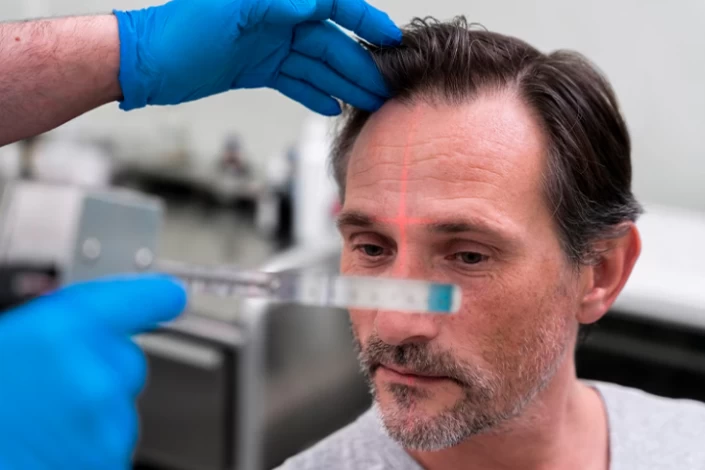
What to Know Before Going Through a Second Hair Transplantation?
Before undergoing a second hair transplant, patients must consult a qualified and experienced hair transplant surgeon to determine their eligibility for the second procedure and learn about its potential risks and benefits.
During the consultation, the surgeon will assess the patient's needs and determine the viability of a second transplant by evaluating the quality of the donor hair and scalp tissue.
Which Procedures Are Suitable for a Second Hair Transplant?
Both FUE and FUT can be effective options for a second hair transplant. However, the choice of procedure will depend on the individual patient's needs and the availability of donor hair.
- FUT for a second hair transplant can be used if the patient has sufficient healthy donor hair remaining and if a linear scar is not a concern.
- FUE for a second hair transplant may be a good option if the patient has limited donor hair remaining after the first transplant or if they prefer to avoid the linear scar resulting from FUT. Implementing a second hair transplant for crown restoration involves precise follicular unit extraction (FUE) techniques, showcasing a strategic approach to address localized alopecia and achieve improved density and aesthetic symmetry. The procedure can also harvest hair from areas inaccessible with FUT, such as the nape of the neck or behind the ears.
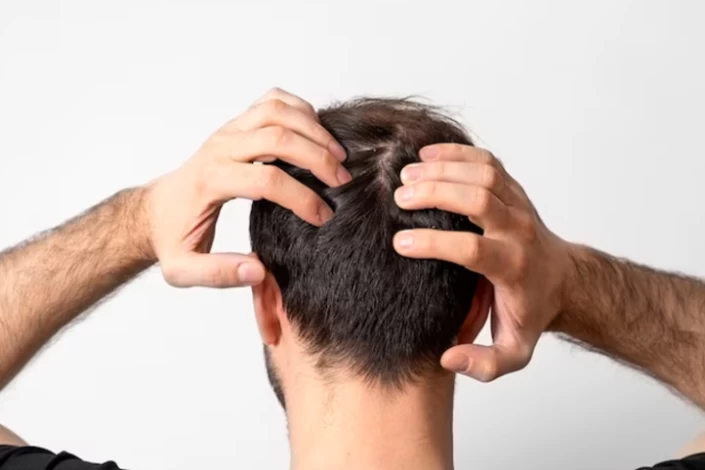
How Does the Second Hair Transplant Surgery Work?
The second hair transplant surgery works similarly to the first hair transplant. However, it requires more skill and precision as the surgeon must consider the existing hair follicles and the scarring from the first hair transplant.
The procedure may involve follicular unit transplantation (FUT) or extraction (FUE).
- If FUT is used, a strip of hair-bearing scalp tissue will be harvested from the donor area and then dissected into individual follicular units for transplantation;
- If FUE is used, individual follicular units will be harvested directly from the donor area using a specialized tool.
Once the donor's hair is harvested, the surgeon will carefully transplant the hair follicles into the recipient area, creating a natural-looking hairline and ensuring the even distribution of the hair grafts.
How many grafts can be implanted in a second hair transplant?
Depending on the extent of hair loss, the quality and quantity of the donor's hair, and the patient's goals and expectations, the average amount of grafts needed for a 2nd hair transplant is about 500 to 1,500.
How Long to Wait for A Second Hair Transplant?
Patients should usually wait 6 to 18 months before undergoing a second hair transplant to allow the scalp to heal fully and the transplanted hair to grow. The ideal time gap between two hair transplants can vary depending on several factors, including the individual patient's healing process, the extent of the first transplant, and the surgeon's recommendations.
Second hair transplant results
2nd hair transplant results often manifest as a transformative and gratifying experience for individuals who have previously undergone a FUE or FUT procedure. The advanced techniques employed during a follow-up procedure can address previous shortcomings, resulting in improved coverage, increased density, and a more natural overall appearance. The success of second hair transplant results contributes to physical transformation. It is pivotal in boosting confidence and well-being for individuals seeking to achieve their desired aesthetic goals.
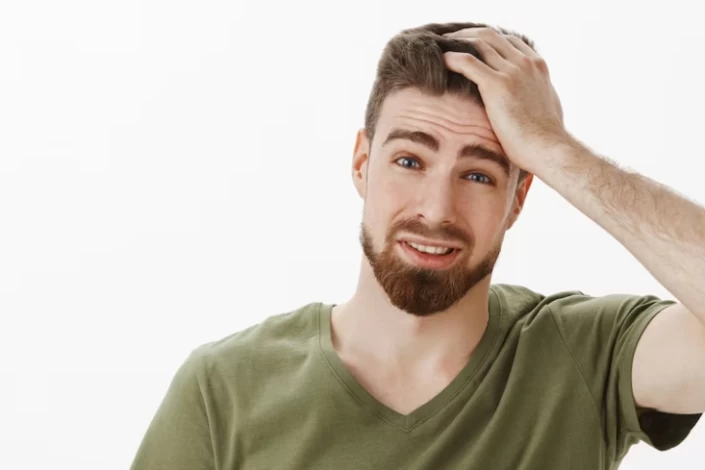
Does A Second Hair Transplant Take Longer to Grow?
No! The growth timeline for a second hair transplant for density is similar to the first procedure. However, there may be some differences due to some factors, such as the extent of the previous procedure, the healing process of the donor and recipient areas, the quality of the transplanted hair, and the patient's overall health.
Is It Worth Getting a Second Hair Transplant?
A second hair transplant may be worth it for patients looking to refine the results of the first hair transplant by improving overall hair density and providing a more natural and aesthetically pleasing appearance. However, depending on the individual patient's circumstances, it may not always be advisable. Alternatives may better cure some patients.
How Many Hair Transplants Can Be Done?
There is no specific number of hair transplants people can undergo. However, most patients are not good candidates for this many hair transplants. The maximum number of hair transplants depends on the quality of the patient's donor area and the number of grafts taken during each procedure.
Can I Have a 3rd Hair Transplant?
While there is no fixed limit to the number of hair transplant procedures a person can have, it's important to note that each hair transplant procedure can deplete the donor area to some extent. Therefore, a third or fourth hair transplant may not be feasible for all patients. The quality and quantity of donor hair depend on several factors, including the patient's age, hair density, and scalp laxity.
How Much Does a Second Hair Transplant Cost in Iran?
The cost of a hair transplant in Iran depends on several factors, including the extent of hair loss, the number of required grafts, and the specific technique used. Second, hair costs in Iran range from $800 to $2,000, much lower than in other countries.
Conclusions
Hair transplant surgery has come a long way in technology and efficiency, allowing for better results with less invasive techniques. Sometimes, patients may benefit from multiple hair transplant sessions to achieve maximum coverage and density in the recipient area.
Schedule an online consultation with our team at Raadina Health. We can help you through your medical trip for performing a hair transplant in Iran, including clinic and doctor visits, medical tests, medical visas, pick-up, transfer, accommodations, etc.
FAQs About Second Hair Transplant
Will I experience shock loss after the second hair transplant?
Shock loss is possible after a second hair transplant, but it's typically temporary. The existing hair might undergo a shedding phase before regrowing, and this is a common part of the hair transplant process.
What is the success rate of a second hair transplant?
Success rates for a second hair transplant are generally high, often around 90-95%. The outcome depends on factors such as the surgeon's skill, the patient's health, and adherence to post-operative care.
Does a second hair transplant take longer to grow?
The growth timeline for a second hair transplant is similar to the first procedure. Initial growth may start a few months post-surgery, with full results visible after a year. Individual variations may occur, so patience is key.
Will the second hair transplant leave scars?
While some scarring is inevitable, advancements in techniques, especially with FUE procedures, aim to minimize scarring. Scars from a second hair transplant are usually less noticeable, and surgeons take great care to place incisions strategically for minimal impact on appearance.
Is there an ideal time gap between the first and second hair transplants?
The ideal time gap varies but waiting at least 8-12 months after the first transplant allows for proper healing and assessment of results before considering a second procedure.
Are there any additional risks associated with a second hair transplant?
While risks are generally minimal, a second transplant may slightly increase the risk of complications. A thorough consultation with your surgeon will help evaluate potential risks based on your medical history.
Can I use the same donor area for a second hair transplant?
In most cases, the same donor area can be used for a second transplant. However, it depends on the initial extraction method and the availability of viable donor hair in that area.
Will a second hair transplant look natural alongside the results of the first one?
Skilled surgeons aim to ensure natural-looking results in harmony with the first transplant. Proper planning and consideration of existing hair patterns contribute to a seamless and natural appearance.
Is there an age limit for getting a second hair transplant?
There is no strict age limit, but the overall health of the individual is a crucial factor. Surgeons assess each case individually to determine if the patient is a suitable candidate for a second transplant.
Can I restore density in previously transplanted areas through secondary procedures?
Yes, you can restore density in previously transplanted areas with a second hair transplant. A secondary procedure can fill gaps, increase thickness, and improve coverage if the donor area is still healthy and sufficient.
Can a second hair transplant damage the first?
A second hair transplant does not damage the first when performed correctly. The surgeon works around existing grafts and places new ones without affecting the older transplanted follicles.
Does hair restoration really work?
Yes, modern hair restoration techniques are effective, permanent, and natural-looking when performed by an experienced surgeon. Results depend on donor supply, hair characteristics, and proper aftercare.


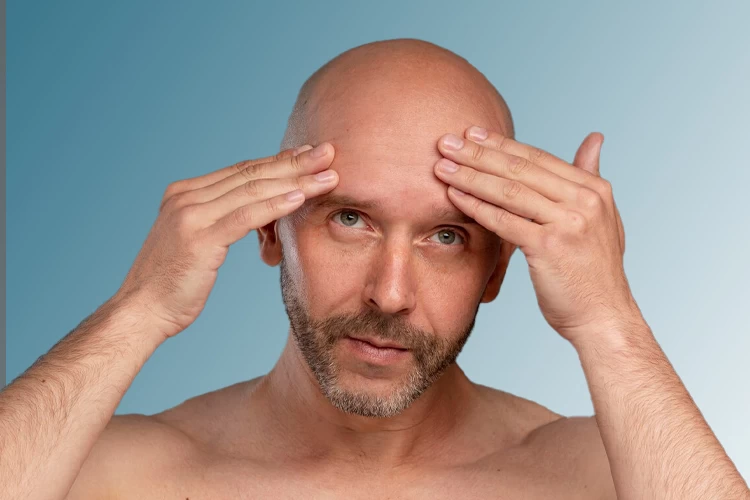


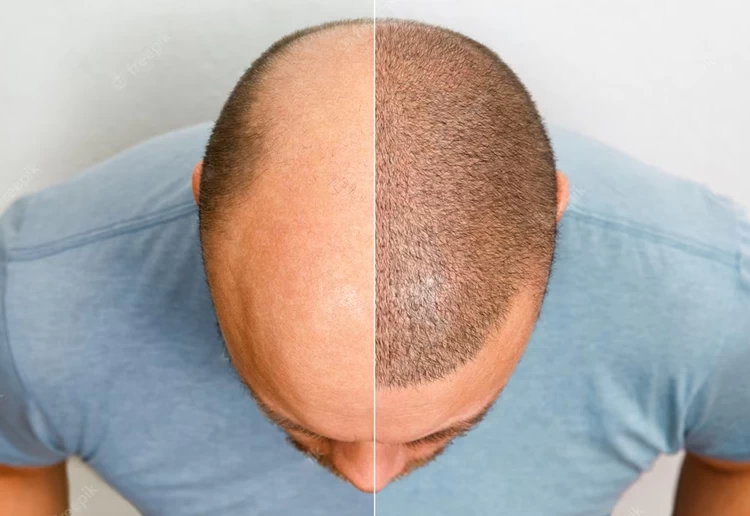
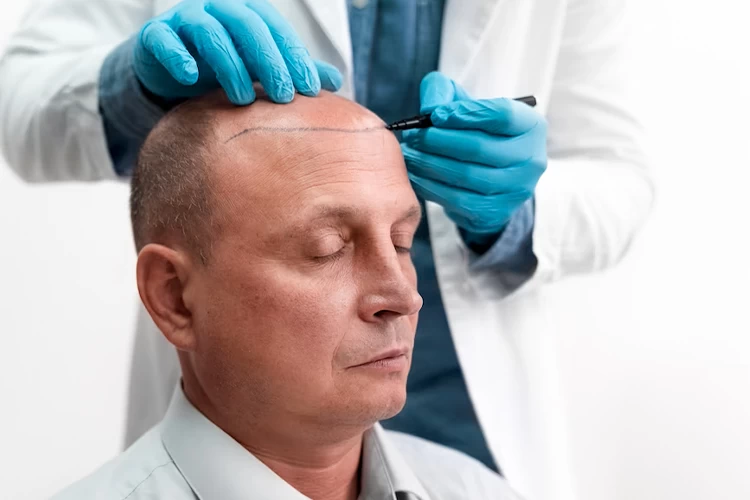
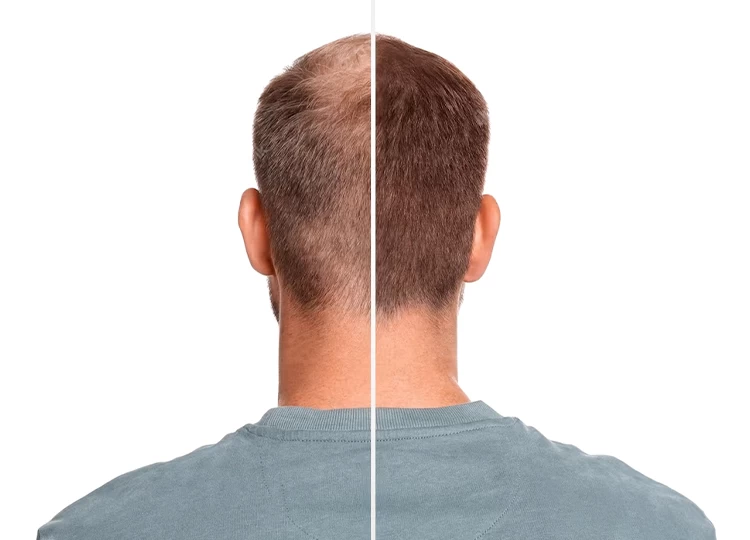
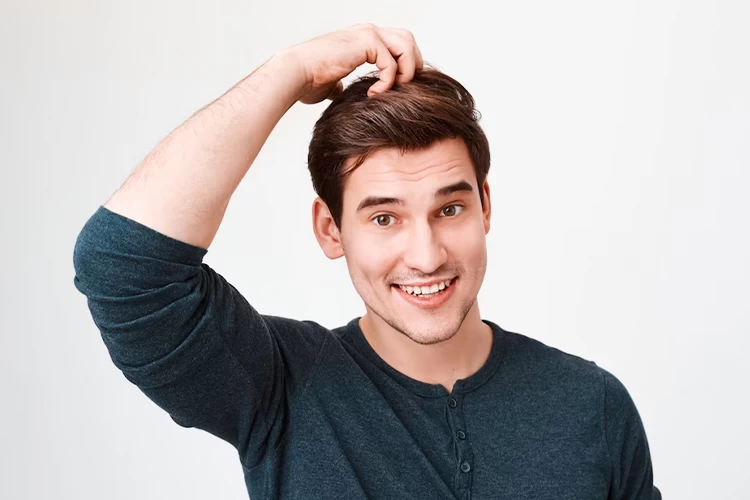

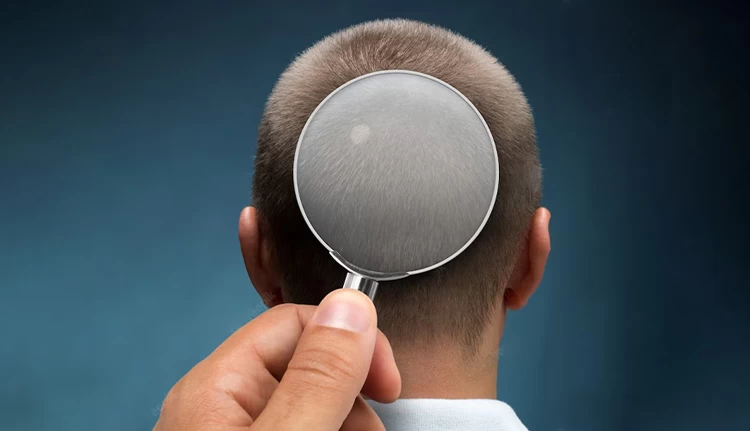

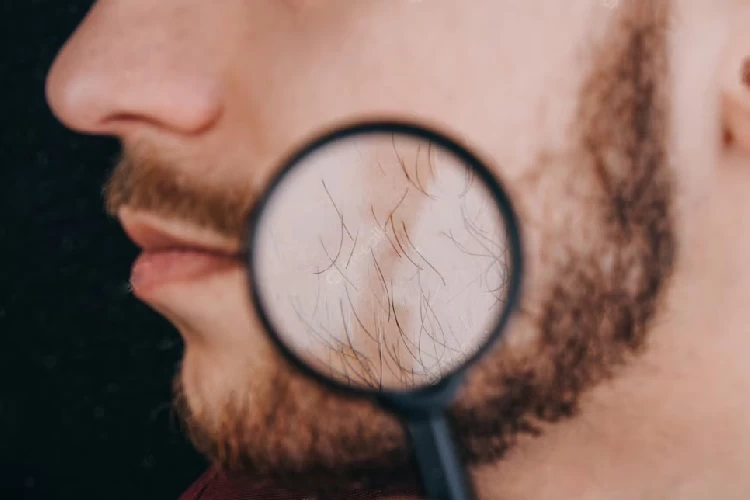

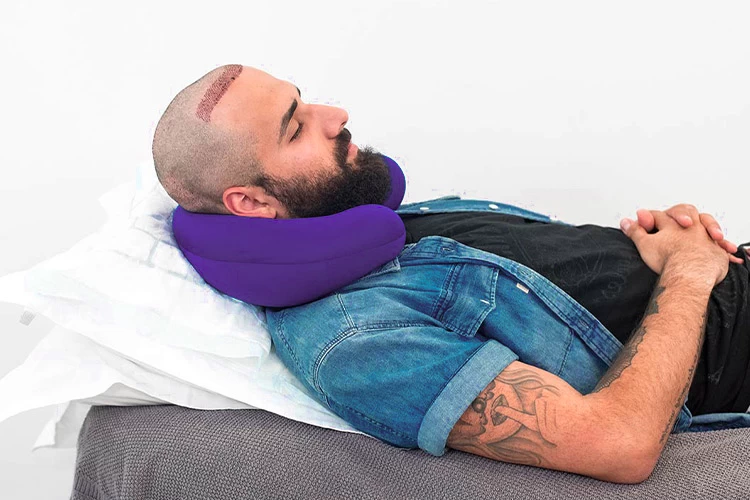
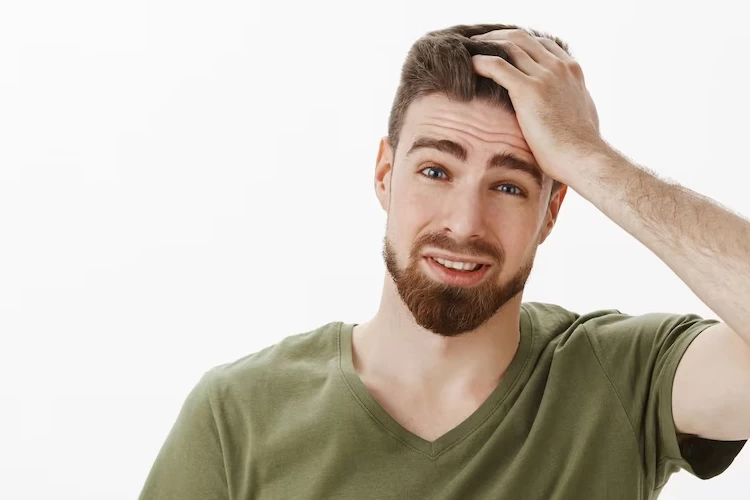
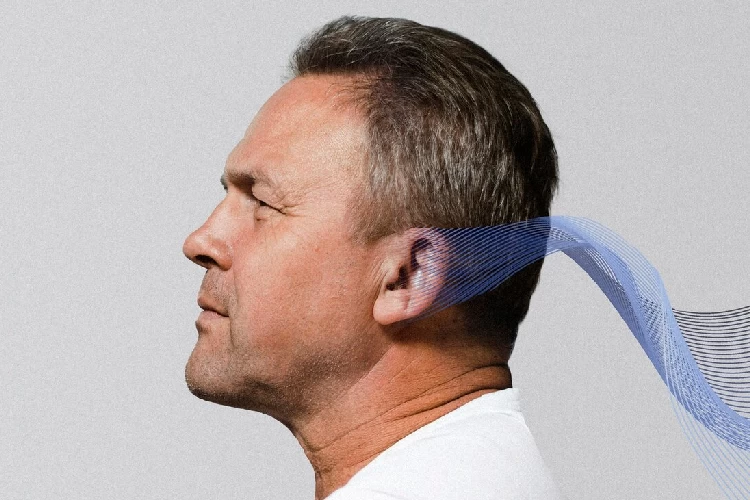

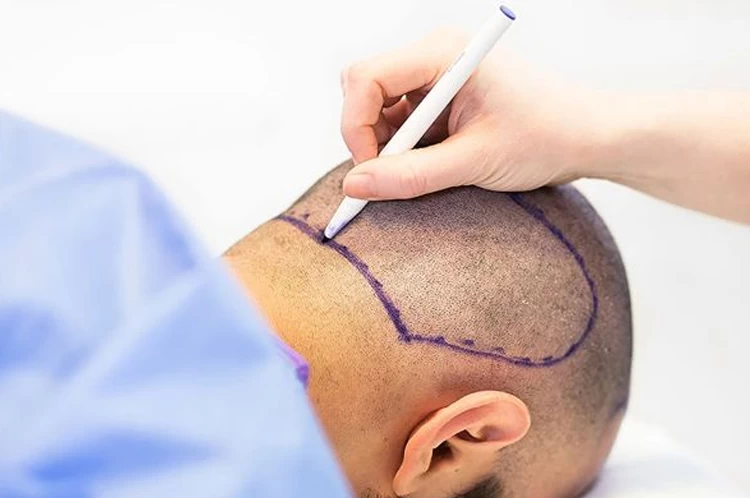
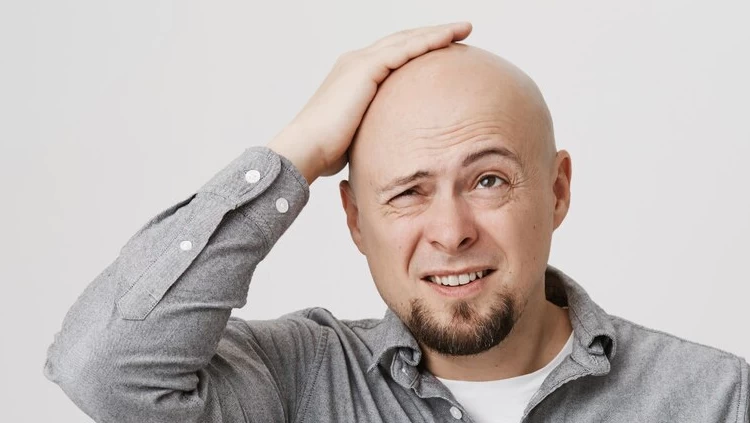
No reviews
Your comment